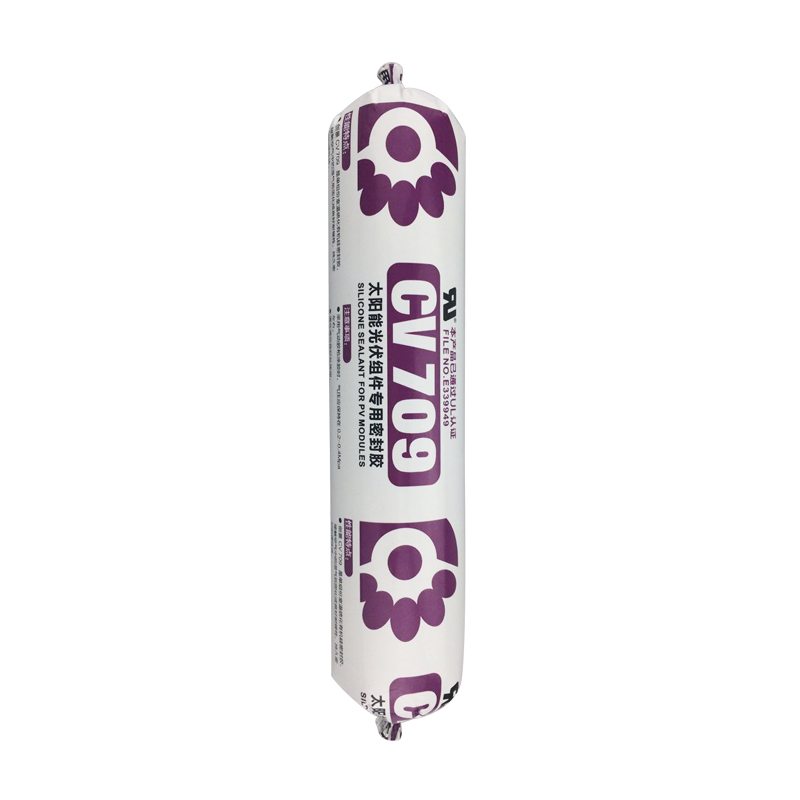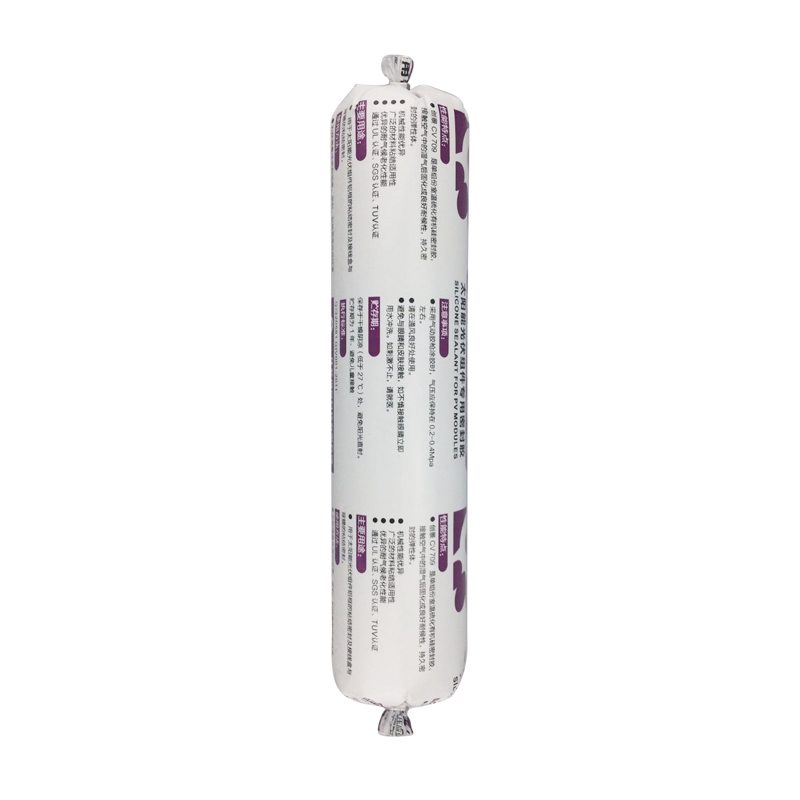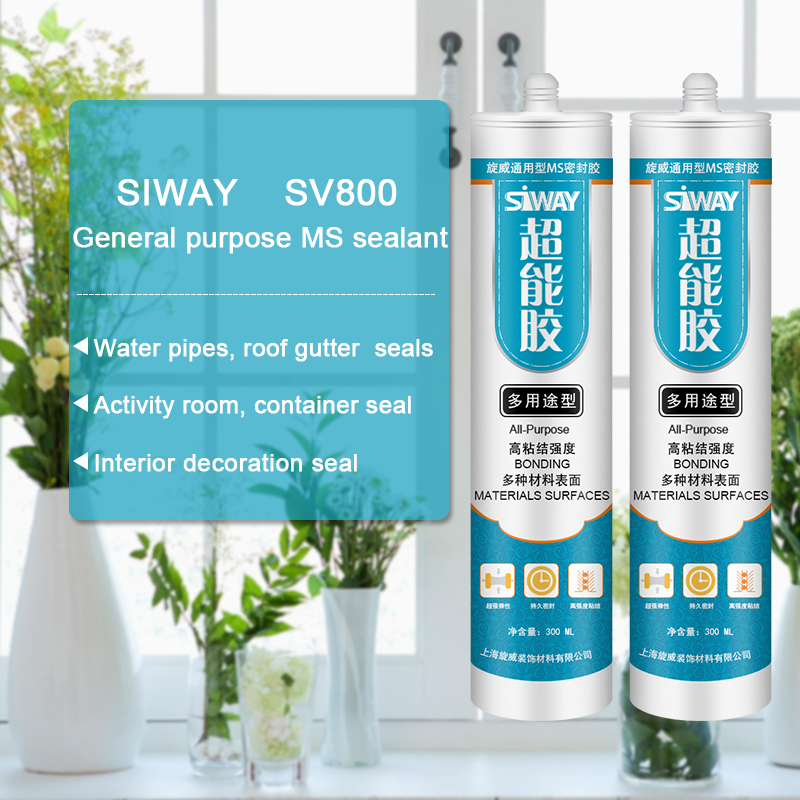High Quality Industrial Factory CV-709 silicone sealant for PV moudels Export to Ukraine
Short Description:
Description CV709 is a high-performance silicone sealant, one-component oxime type room temperature curing silicone rubber, has excellent weather resistance, high thixotropy, after curing for solar components involved in the base material has good caking property, by TUV for environmental requirements of the ROHS, UL E339949 Key Features 1. 100% silicone 2. No sag 3. high thixotropy 4. Water & weatherproof 5. For solar components involved in the base material has good bonding Basic Ap...
To constantly improve the management system by virtue of the rule of "sincerely, good faith and quality are the base of enterprise development", we widely absorb the essence of related products internationally, and constantly develop new products to meet the demands of customers for High Quality Industrial Factory CV-709 silicone sealant for PV moudels Export to Ukraine, We stick to providing integration solutions for customers and hope to build long-term, stable, sincere and mutual beneficial relationships with customers. We sincerely look forward to your visit.
Description
CV709 is a high-performance silicone sealant, one-component oxime type room temperature curing silicone rubber, has excellent weather resistance, high thixotropy, after curing for solar components involved in the base material has good caking property, by TUV for environmental requirements of the ROHS, UL E339949
Key Features
1. 100% silicone
2. No sag
3. high thixotropy
4. Water & weatherproof
5. For solar components involved in the base material has good bonding
Basic Application
1.Solar module frame seal
2.The adhesive of the solar energy back to the terminal block
3.General industrial assembly with seal
Technical data sheet
| Test standard | Test project | Unit | value |
| Before curing——25℃,50%R.H. | |||
| specific gravity | g/ml | 1.34-1.40 | |
| GB13477 | Operating time | min | 15 |
| GB13477 | surface drying time(25℃,50%R.H.) | min | 40-60 |
| 3 days after curing——25℃,50%R.H. | |||
| Temperature range | ℃ | -55~200 | |
| GB13477 | Durometer Hardness | Shore A | 40~55 |
| The ultimate tensile strength | Mpa | ≥2 | |
| GB13477 | Breaking elongation | % | 300-600 |
| Aluminum bonding shear strength | Mpa | ≥1.5 | |
| Electrical properties | |||
| Breakdown voltage | Kv/mm | ≥20 | |
| Volume resistance | ohm.cm | 9E+14 | |
| Dielectric constant | 3.1@50Hz | ||
Certification
UL E339949; TUV
Color
Black, White
Package
300ml in cartridge * 24 per box, 500ml in sausage *20 per box
Shelf life
12 months
Note
If you want the TDS or MSDS or other details, please contact with our sales person.
From https://www.kevincaron.com – Sculptor Kevin Caron helps out a fellow artist who wants to weld copper letters and emblems to horseshoes. Caron demonstrates two different methods using his Longevity TigWeld 250 AC/DC. First, Caron explains that he is not a certified welder and that welding copper to steel is not structurally sound, but for art, well, that’s a different matter. He prepares a real horseshoe by cleaning the metal, then cuts some .060 copper so that he has some tabs like the other artist uses. His first approach is to jig up the horseshoe and copper so they are in a position to weld. He tacks them together, then turns up his welder to “kill.” He gets the horseshoe hot and molten so the metal is ready to flow. For rod, he uses romex house wiring, which works great for welding copper. He fires up the welder, turns it all the way up to 250 amps on the foot pedal so everything is controlled right where he is working so he doesn’t need to touch the machine itself. He’s using a water-cooled torch with a number 6 cup and some of the new E3 tungsten, which he likes a lot. He gets the puddle going and then tacks together the copper and steel. The first tack was good, but the second was a little hot and burned through a bit – he should have backed off the pedal a little quicker. As Caron notes, it takes a lot of practice! The other way, he says, is cheating. He puts the horseshoe into a drill press vise vertically. Just like tinning two copper wires, in which you put a little flux on the exposed wire and then use your soldering iron to put a little solder on it so it soaks right into the wire so the two halves are ready to be joined, he puts a little bead of copper onto the edge of the horseshoe. Then he puts the horseshoe back in the jig so he can add a little dab of copper and joins another set of copper tabs to the horseshoe. The second approach clearly works better. You don’t need anywhere near as much amperage, and you can’t even see the tacks on the second set of tabs. For more how-to videos, visit https://www.kevincaron.com
3 ways to treat canvas to make it water proof.
Common Sense Camper Gear Store
https://astore.amazon.com/comsencam-20





